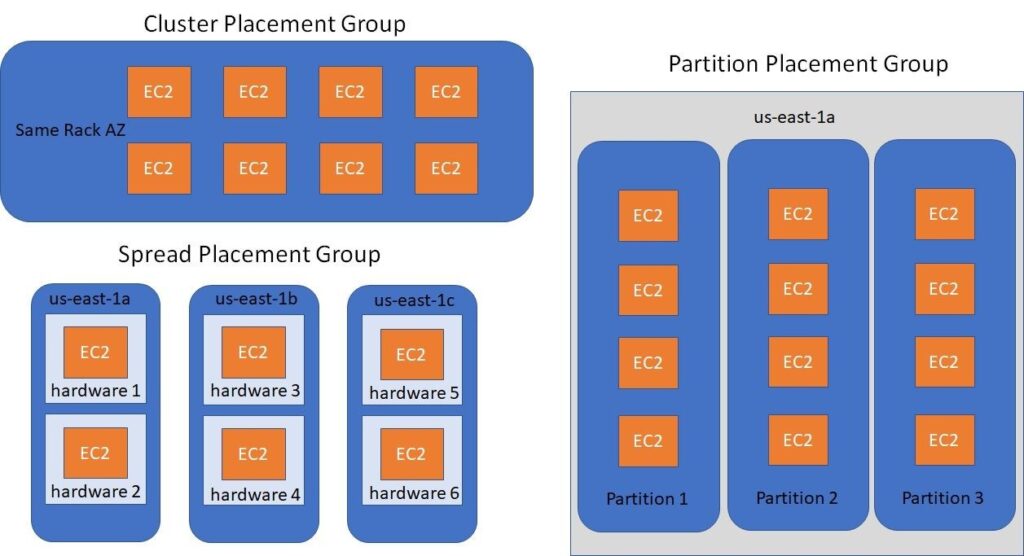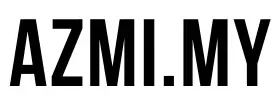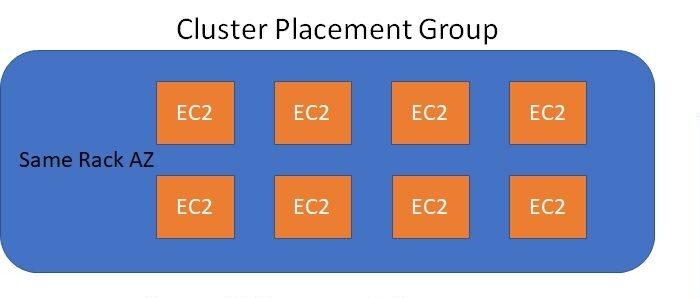Using toys to explain these three placement groups:
- Cluster Placement Group: Imagine you’re building a big Lego tower using blocks. You want all your Lego pieces as close together as possible so the tower is really strong and works super fast. This is like a cluster placement group—all your computers (or servers) are put close together in the same spot to work really fast. But if one block (or server) breaks, it might mess up the whole tower.
- Partition Placement Group: Now, instead of building one big tower, you build several smaller towers. Each tower is in a different room. If one tower breaks, the others keep working because they are far apart. This is like a partition placement group—you separate your servers into different groups so that if one group fails, the others keep working without being affected.
- Spread Placement Group: This time, you spread your Legos all over the room, giving each block its own space. If one block breaks, none of the others are affected because they’re far apart. This is like a spread placement group—your servers are spread out, so even if one fails, the rest keep working fine.
In short:
- Cluster: Fast but risky if one breaks.
- Partition: Groups that can survive if one group breaks.
- Spread: Everyone is far apart, so no one affects the others.


